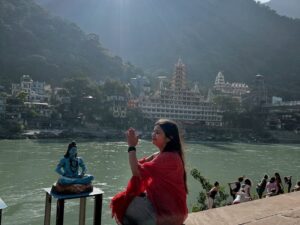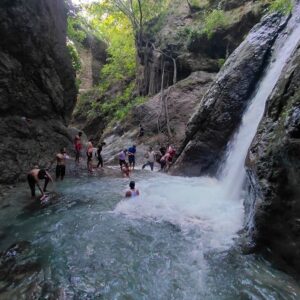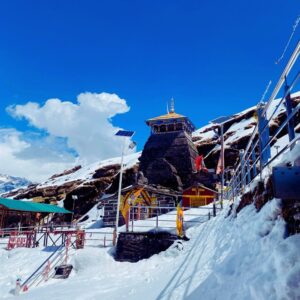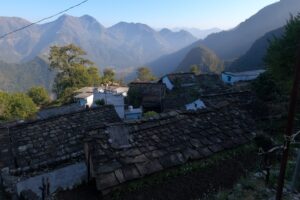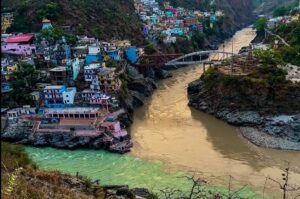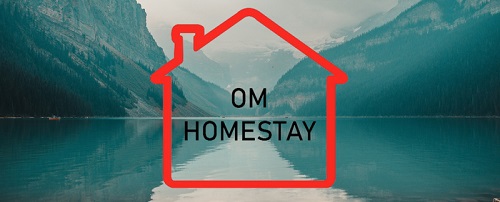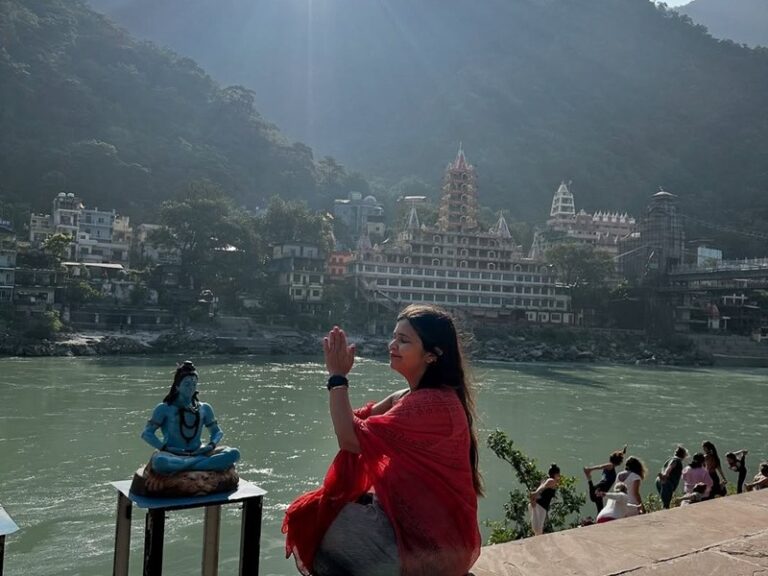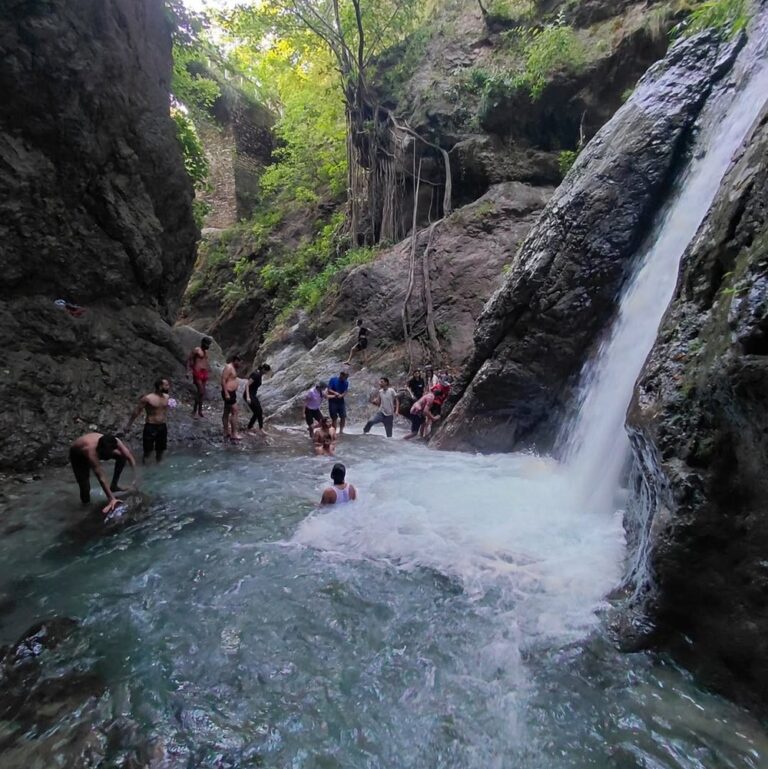Discover the Rajasthan Blue city of Jodhpur, India
The second largest city in the Indian state of Rajasthan, Jodhpur is famously known as the “Blue City.” This captivating urban expanse is characterized by its mesmerizing azure abodes, stretching over 10 kilometers along the historic walled old city.
Originally, the blue pigment on these houses was used to denote the residence of a Brahmin—the priests of the Indian caste system. Over time, however, this distinctive color evolved into a badge of identity for residents beyond the Brahmin caste.
Additionally, the blue hue is believed to have insect-repelling properties. Discover the charm and historical significance of Jodhpur’s iconic blue homes and explore the city’s rich cultural heritage.
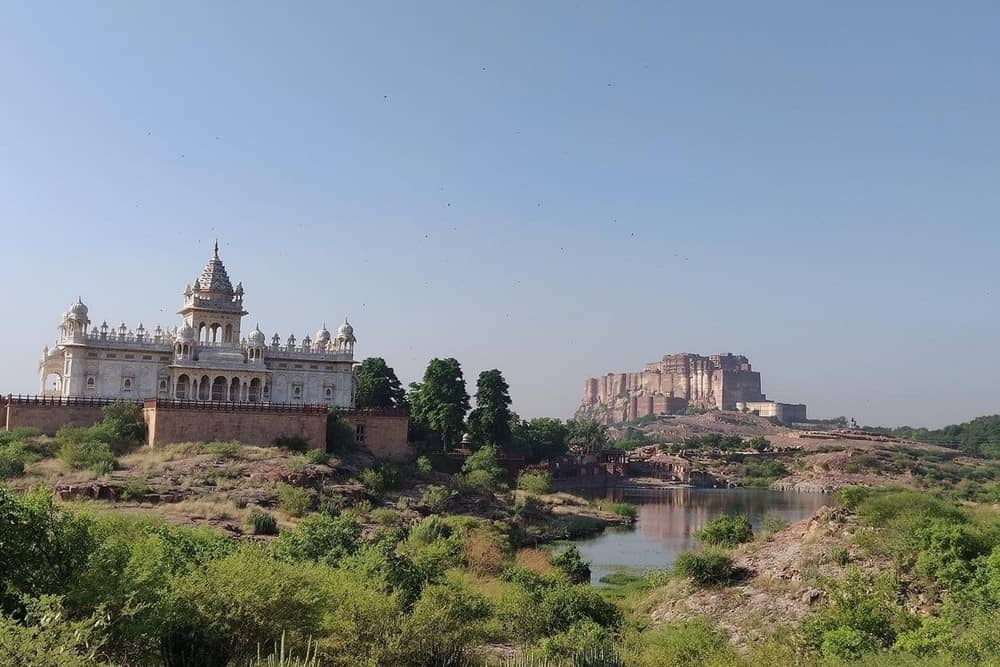
Overview: Rajasthan Blue City
Nestled on the edge of the Thar Desert, Jodhpur is aptly known as the “Sun City” due to its abundant sunshine and bright, sunny days.
This vibrant city is renowned for its forts, palaces, mausoleums, gardens, lakes, and towers, making it a premier destination for tourists. With a rich history spanning over 500 years, Jodhpur is celebrated for its textile industry, exquisite furniture shops, delectable cuisine, and lively bazaars.
However, what truly sets Jodhpur apart is its striking blue-hued houses, creating a breathtaking blue sea against the arid Indian landscape. Visitors can marvel at this captivating view from the towering Mehrangarh Fort, one of India’s largest 15th-century forts. The fort offers a panoramic overlook of the city’s iconic blue expanse, making it a must-see attraction.
Travel Diary rajasthan blue city
After exploring India’s Pink City (Jaipur), Golden City (Jaisalmer), White City (Udaipur), and Red City (Bikaner), I was eager to check off the Blue City of Jodhpur from my travel list.
Jodhpur, the second largest city in Rajasthan, is a favorite among both domestic and international tourists. We spent three days in this vibrant city, taking in its iconic sights, savoring local cuisine, navigating narrow streets, and haggling in bustling markets. Here’s a mini-guide to help you make the most of your time in Jodhpur.
Best Time to Visit rajasthan blue city
The ideal time to visit Jodhpur is from November to early March when the weather is cooler. This is peak tourist season, so expect higher hotel prices. Summer and monsoon seasons (July – early September) offer more affordable accommodation options and fewer crowds.
How to Get There
Jodhpur is well-connected by flights from major Indian cities. For travel from Jaipur or other Rajasthan cities, you can opt for bus, train, or a private taxi. We hired a car and driver from Bikaner to Jodhpur for INR 4,000, though trains and buses are more budget-friendly options.
Getting Around the City
To enjoy a stress-free visit, consider hiring a driver for the duration of your stay. Most drivers charge around INR 2,500 per day. If you’re staying centrally, many attractions are just 10-15 minutes away. While autorickshaws/tuk-tuks are readily available, they often quote inflated prices and don’t use meters. It’s advisable to check rates with hotel staff and negotiate accordingly.
Ubers are available but limited in Jodhpur, leading to longer wait times. We found the need to negotiate with auto drivers somewhat frustrating, which slightly impacted our experience. We spent INR 2,300 on transport over our three-day stay.
Where to Stay rajasthan blue city
Jodhpur offers a range of accommodation options from luxury hotels to budget hostels:
- Luxury Options: Taj Hari Mahal, Raas, and Welcomhotel by ITC are excellent choices. Taj and ITC are slightly out of the city center, while Raas is centrally located. For a truly opulent experience, consider staying at the Umaid Bhawan Palace.
- Mid-Range Option: We chose Ratan Vilas, a charming hotel in the heart of the city. Originally a family home built in red sandstone, it has been converted into a hotel with beautiful courtyards, a spacious garden, and a relaxing swimming pool. Despite its busy surroundings, it provides a serene retreat just 10 minutes from major tourist spots and dining options.
Suggested Read: Amber Fort and Palace Jaipur India: Elephant ride timings, tickets

Mehrangarh Fort
Mehrangarh Fort is a majestic landmark perched atop a hill, making it one of the largest and most iconic forts in India. Dominating the skyline of Jodhpur, this fort is a symbol of the city’s grandeur and history.
Visiting Information:
- Opening Hours: Daily from 9 am to 5 pm. rajasthan blue city
- Main Entrance: Jai Pol, accessible by taxi or autorickshaw. You can also walk up from the old city, though the incline is steep. rajasthan blue city
- Tickets: INR 200 for Indians and INR 600 for foreigners. An additional guide service is available for INR 500, or an audio guide for INR 180 per person. An elevator service is also available for INR 50 per person, ideal for those who need assistance.

Constructed by Maharaja Rao Jodha in 1459, Mehrangarh Fort has been expanded and renovated over five centuries, reflecting a blend of architectural styles from various eras. The fort houses a fascinating museum showcasing royal artifacts such as palanquins, cradles, paintings, musical instruments, and clothing.
Key highlights within the fort include:
- Phool Mahal (Flower Palace) rajasthan blue city
- Moti Mahal (Pearl Palace) rajasthan blue city
- Sheesh Mahal (Mirror Palace) rajasthan blue city
As you explore, take time to admire the intricate carvings, ornate windows, and grand courtyards. The fort also offers stunning panoramic views of the Blue City below. Plan to spend at least 1.5 to 2 hours to fully experience the fort’s rich heritage and scenic beauty.
Jaswant Thada
Located just a short distance from Mehrangarh Fort, Jaswant Thada is a stunning cenotaph built in 1899 to honor Maharaja Jaswant Singh II. It is open daily from 9 am to 5 pm. Entry fees are INR 30 for domestic tourists and INR 50 for foreign tourists.
While you can hire a guide, we chose to explore the intricacies of the white marble architecture on our own. Be sure to admire the exquisite jalis (carved marble latticework). Since the cenotaph is considered sacred, you’ll need to remove your shoes to get close.
Explore the Blue City Up Close
Jodhpur’s iconic blue houses give it the moniker “Blue City.” Theories about the origins of the blue color vary. Some suggest Brahmins painted their homes blue to distinguish them, while others believe the color keeps homes cool in the desert heat. Proximity to indigo plantations also made blue readily available.
Despite some houses being repainted over the years, you can still find clusters of blue homes in the by-lanes of the old city. For an in-depth exploration, we took a walking tour organized by our fort guide, which cost INR 500 per person. The tour started early in the morning, offering a peaceful stroll through narrow streets and a visit to a local guesthouse rooftop for chai and cookies. This tour revealed the beauty of the blue houses and provided a unique perspective on Jodhpur.
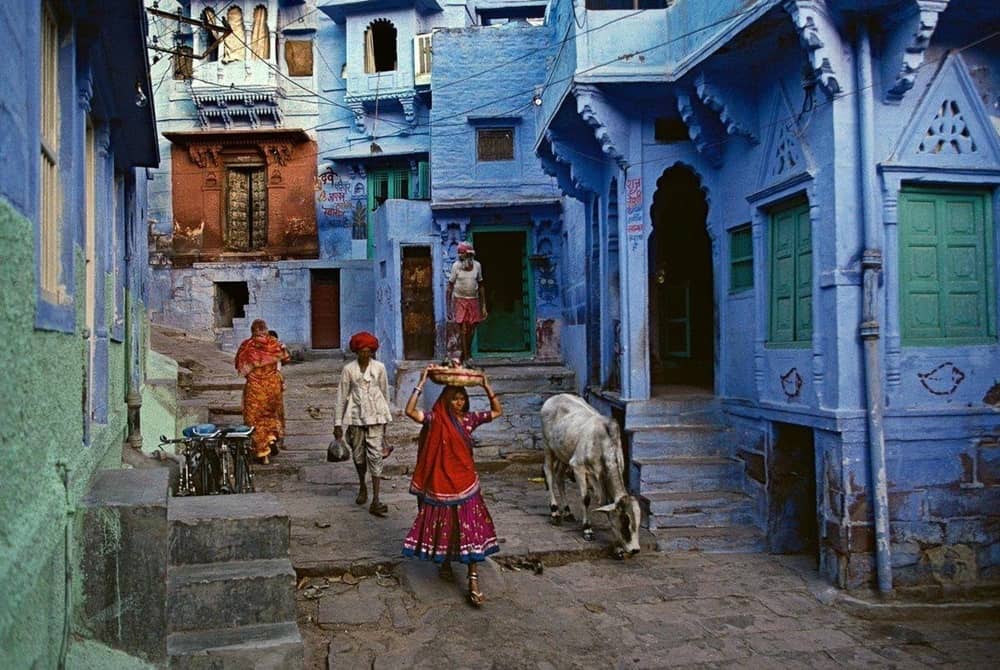
For a panoramic view of the Blue City, hike to Pachetia Hill. The climb is manageable, though the initial steps can be uneven. At the top, the Jwala Mukhi Mataji Temple offers a breathtaking vista of the city and its blue expanse.
If you prefer exploring on your own, start at Ghanta Ghar (Clock Tower) and navigate the alleys of areas like ‘Navchokiya’ and Chandpole. While autorickshaws are common, they often quote high prices, so negotiate carefully or ask for local advice on fares.
Toorji Ka Jhalra rajasthan blue city
Toorji Ka Jhalra is a prominent stepwell in Jodhpur, built in 1740 by Queen Maharaja Abhay Singh. It’s open to the public for free. You can explore the labyrinth of stairs or enjoy the view from the top. The stepwell is deep, and the uneven steps require caution. Nearby, there are restaurants and shops where you can enjoy a meal or shop for local goods.
Ghanta Ghar and Local Markets
Ghanta Ghar, or Clock Tower, is a bustling market hub in Jodhpur. The area around it, Sardar Market, is filled with shops selling clothes, jewelry, and local products, as well as eateries and cafes. It’s a lively spot perfect for an afternoon or evening visit. Don’t forget to haggle while shopping.
During our city walk, we sampled local delicacies recommended by our guide. Some standout places include:
- Moolji Sweets for ghewar
- Chaturbhuj Parsram for gulab jamun and mawa mithai
- Ghasiram for rasgullas
- Chotu Motu for jalebi
- Mishrilal for lassi
For sweets to take home, visit Janta Sweet Home on Nai Sarak road or Jodhpur Sweets, about a 10-minute drive from Ghanta Ghar. rajasthan blue city
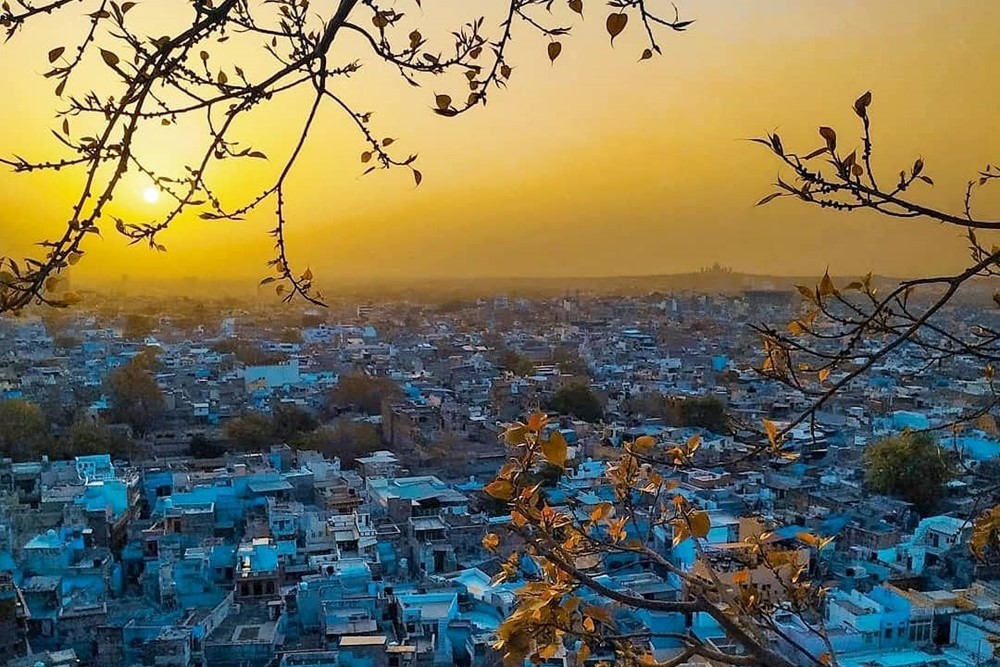
Sunset Views rajasthan blue city
Jodhpur’s landscape is perfect for sunsets. Consider these spots for a stunning view:
- Rao Jodha Park rajasthan blue city
- Pachetia Hill rajasthan blue city
- A temple near the fort rajasthan blue city
- Rooftop restaurants rajasthan blue city
We chose a temple near the fort for sunset viewing. Climb about 400 steps to reach the top and be rewarded with a panoramic view of the fort, blue houses, and a beautiful sunset. Comfortable shoes are essential for the climb.
Umaid Bhawan rajasthan blue city
Umaid Bhawan Palace is a grand palace with a history dating back to 1929. It spans 26 acres and features 347 rooms. While 70% of the palace operates as a luxury hotel, part of it is open to the public as a museum. The museum showcases art deco furniture, antique clocks, weapons, and a vintage car collection. Entry is INR 30 for Indians and INR 100 for foreigners. A stay at the palace starts at INR 50,000 / USD 700 per night, with high tea and meals also requiring a significant cover charge.
Mandore Gardens rajasthan blue city
On our last morning, we visited Mandore Gardens, about 10 kilometers from Jodhpur. The gardens feature cenotaphs with unique Hindu temple-like architecture. Although known for monkeys, we didn’t encounter any during our early morning visit. The gardens are open from 8 am to 8 pm and free to enter.
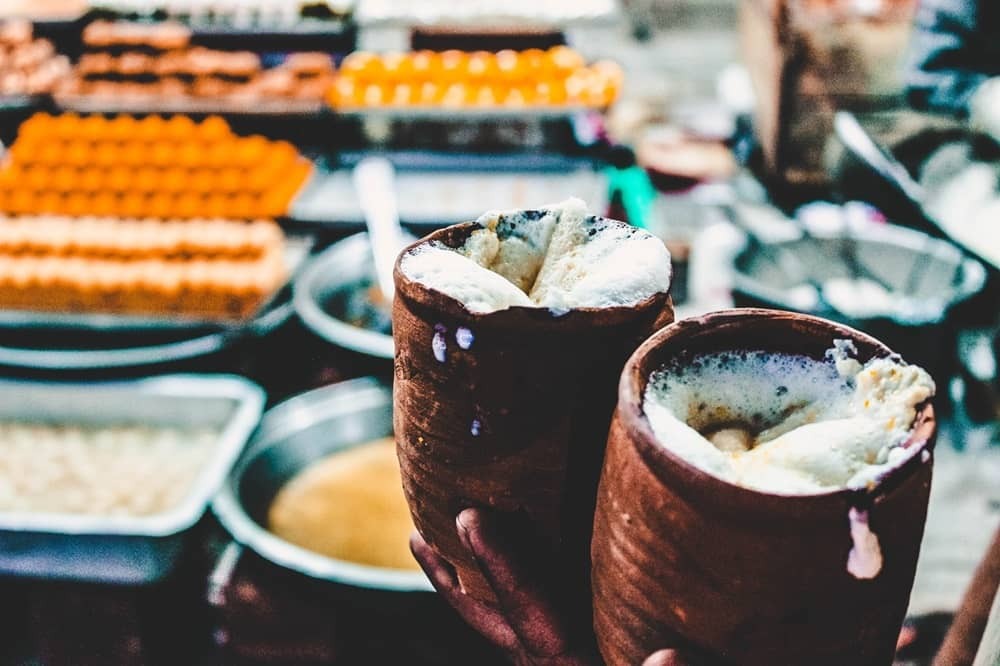
Where to Eat rajasthan blue city
For dining, Jodhpur offers a range of options: rajasthan blue city
- Raas: A hotel near Ghanta Ghar with a rooftop bar offering stunning views of the fort. Reservations are recommended.
- Gypsy: Known for its Rajasthani thali, this restaurant is popular among locals and tourists. The thali includes a variety of local dishes.
- Khaas Bagh: A boutique hotel with an outdoor courtyard restaurant serving Indian and continental dishes. They also have a vintage car collection on display.


